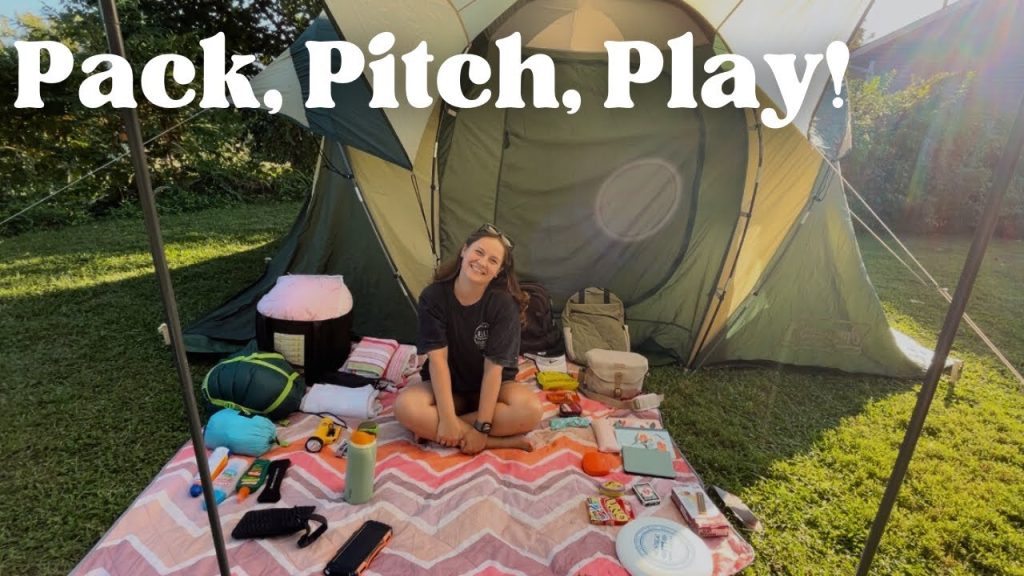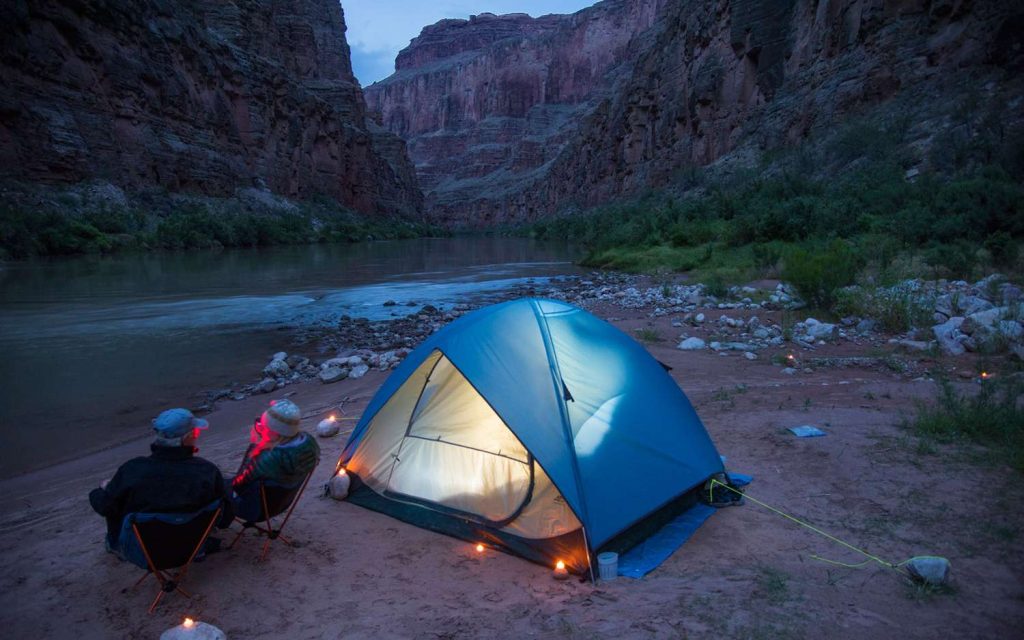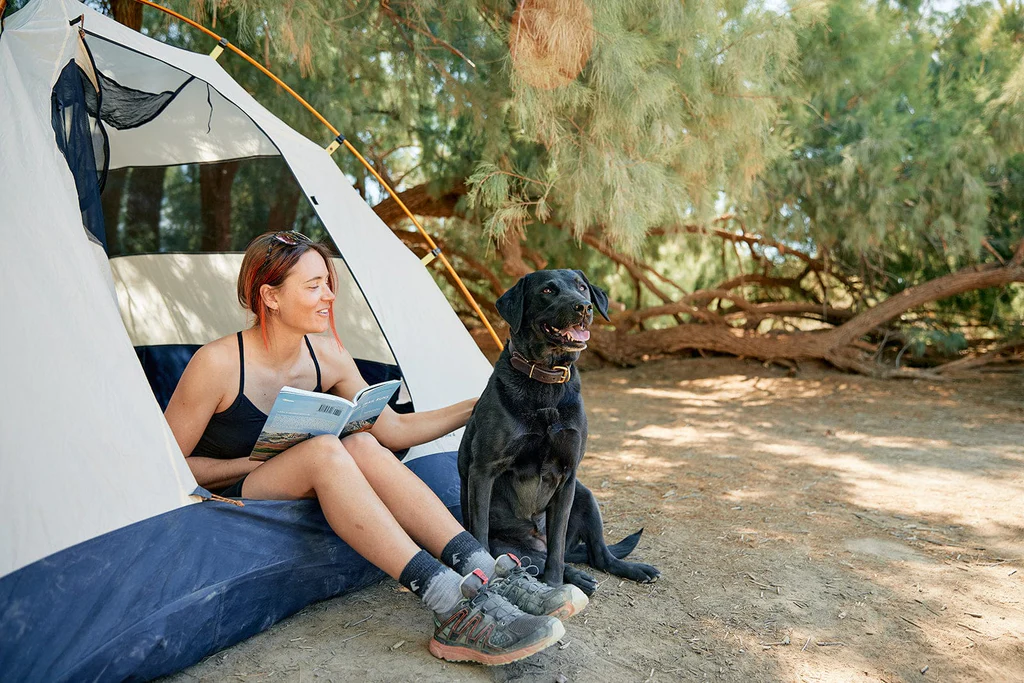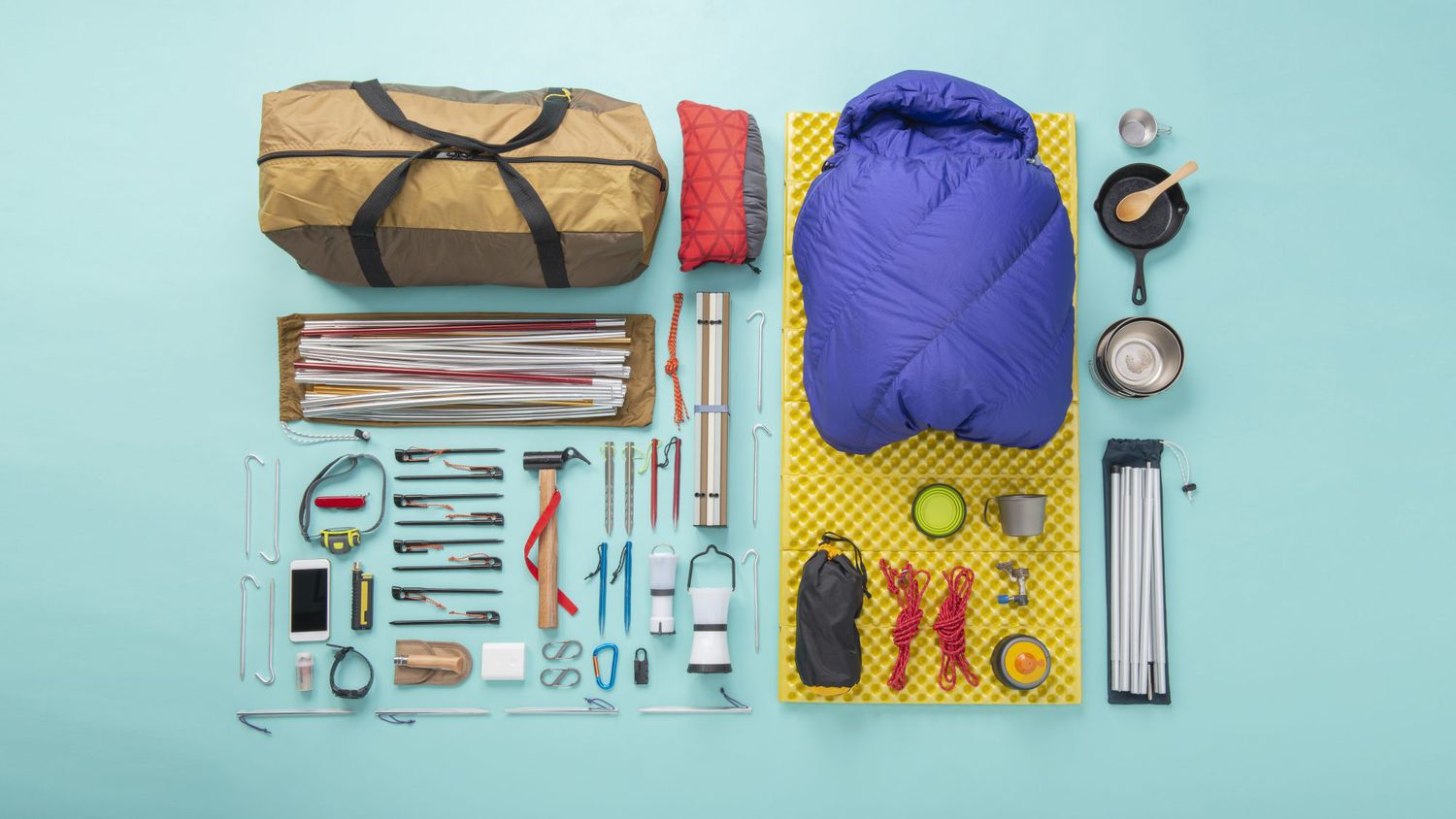Camping is an amazing way to connect with nature, unwind from daily stress, and create unforgettable memories. Whether you’re heading to the mountains, the beach, or a national park, preparation is key to having a safe and enjoyable trip. If you’re new to camping, this guide will help you understand what to pack, where to go, and how to make the most of your outdoor adventure.

What to Pack for a Successful Camping Trip
Packing the right gear is crucial for a comfortable and hassle-free camping experience. Here’s a checklist of essential items every beginner camper should bring:
1. Shelter and Sleeping Gear
- Tent – Choose a tent that’s easy to set up and suited to the weather conditions. A waterproof, wind-resistant tent is ideal.
- Sleeping Bag – Select a sleeping bag that matches the climate of your camping destination. Cold-weather sleeping bags are essential for chilly nights.
- Sleeping Pad or Air Mattress – Adds comfort and insulation from the cold ground.
- Pillow – A compact camping pillow or a rolled-up hoodie can work as well.
2. Clothing and Footwear
- Layered Clothing – Pack lightweight, moisture-wicking clothes for warm days and insulating layers for cooler nights.
- Waterproof Jacket – Weather can be unpredictable, so always bring a rain jacket.
- Sturdy Hiking Boots or Shoes – Essential for hiking and walking on rough terrain.
- Extra Socks and Underwear – Helps keep you comfortable, especially if it rains.
- Hat and Sunglasses – Provides sun protection during daytime activities.
3. Cooking and Food Supplies
- Portable Stove or Campfire Cooking Gear – A small gas stove or fire pit grill is useful for preparing meals.
- Fuel and Lighter – Always bring extra fuel for your stove and a reliable lighter or waterproof matches.
- Cookware and Utensils – A pot, pan, spatula, and utensils make cooking easier.
- Reusable Plates, Bowls, and Cups – Lightweight and durable options are best.
- Non-Perishable Food – Pack easy-to-cook meals like canned goods, pasta, rice, and dehydrated food.
- Snacks – Energy bars, nuts, and dried fruit are great for on-the-go nourishment.
- Cooler and Ice Packs – If you’re bringing perishable food, a cooler is necessary.
4. Safety and First Aid
- First Aid Kit – Includes bandages, antiseptic wipes, pain relievers, and any personal medications.
- Flashlight or Headlamp – Essential for navigating in the dark. Bring extra batteries.
- Multi-tool or Knife – Useful for cutting, fixing gear, and food preparation.
- Insect Repellent and Sunscreen – Protects against bug bites and sunburn.
- Map and Compass or GPS – Especially important if you’re hiking in unfamiliar areas.
5. Miscellaneous Essentials
- Garbage Bags – Leave no trace! Always clean up after yourself.
- Toiletries and Biodegradable Soap – Includes toothbrush, toothpaste, and wipes.
- Camping Chair or Hammock – Adds comfort to your campsite.
- Rope and Duct Tape – Useful for setting up shelters or fixing gear.

Where to Go: Best Camping Destinations for Beginners
If you’re just starting out, choosing the right campsite is essential. Look for campgrounds with basic amenities such as restrooms, running water, and designated fire pits. Here are three beginner-friendly camping destinations:
1. Yosemite National Park, USA
Yosemite is a fantastic camping spot for beginners, offering well-maintained campgrounds with access to breathtaking landscapes. Popular campgrounds like North Pines and Lower Pines are great for first-timers, providing restrooms, picnic tables, and easy access to hiking trails.
The park’s highlights include El Capitan, Half Dome, and Yosemite Falls. Whether you want to hike, photograph scenic vistas, or simply relax in nature, Yosemite is an excellent choice for a beginner-friendly adventure.
2. Banff National Park, Canada
For those who love mountains, lakes, and wildlife, Banff National Park in Canada is a top camping destination. The park has several campgrounds, including Tunnel Mountain Campground, which is perfect for first-time campers due to its accessibility and well-maintained facilities.
The stunning Lake Louise, Moraine Lake, and Johnston Canyon are must-visit spots in Banff. The park offers plenty of beginner-friendly hiking trails, so you can explore the beauty of the Canadian Rockies at your own pace.
3. Lake District, England
If you’re in the UK and looking for an easy yet scenic camping destination, the Lake District is a great choice. With lush green valleys, peaceful lakes, and rolling hills, this region is perfect for first-time campers.
Great Langdale Campsite is one of the best spots for beginners, offering beautiful views, easy hiking trails, and well-maintained facilities. Activities like kayaking, wildlife spotting, and stargazing make the Lake District an excellent destination for a relaxing camping trip.

Additional Tips for a Smooth Camping Experience
- Plan Ahead – Research the campsite, check the weather forecast, and book your spot in advance.
- Arrive Early – Setting up camp before dark makes things much easier.
- Test Your Gear at Home – Practice setting up your tent and using your camping stove before your trip.
- Follow Leave No Trace Principles – Respect nature by cleaning up after yourself and minimizing your environmental impact.
- Stay Hydrated and Eat Well – Bring enough water and nutritious food to keep your energy levels up.

